|
Advertisement
|
WW I Aerial Combat (1914-1918 AD)
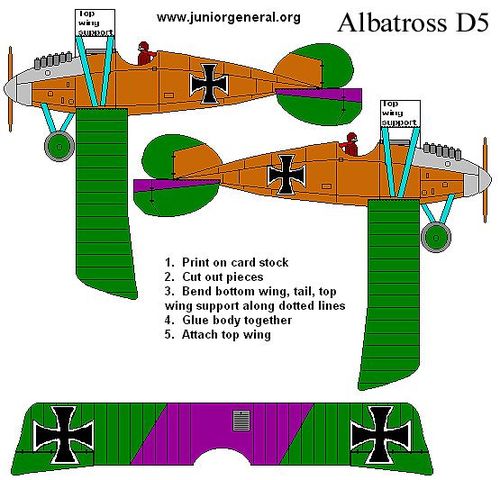
Description“It was during World War I that the airplane became an important weapon of war. At the start of the war the planes were unarmed and were used for scouting. Soon the pilots were taking weapons with them on their flights. These early efforts were crude, but Dutch inventor Anthony Fokker eventually succeeded in synchronizing a machine gun with an engine so the weapon could fire through the propeller. This led to the ‘Fokker scourge’ as the Germans used the new invention to dominate the skies. The Allies soon followed suit and battled the Germans for control of the skies over no man's land. Successful ‘aces’, like the Red Baron, were lionized by the press and became living legends. By the end of the war the airplane's role in combat had expanded to include reconnaissance, artillery spotting, trench strafing, and bombing.” A simple historical miniatures air combat game designed for classroom use in grades 6-8. The game may be played by eight players using 1/72 scale models on a Battle Masters mat (4x4 feet with five inch hexes). Each player uses an aircraft model (Allied or German) on a stand, a deck of maneuver cards, a laminated record card (for tracking damage and victories with a dry erase marker), and 5 six-sided dice. Each record card includes the name and picture of a World War One ace, his victory total, and brief biographical information. Game DiscussionsAdd CommentYou need to be logged in to comment. Insert Bullet List Please enter at least one item. Item: Item: Item: Item: Item: Insert Numeric List Please enter at least one item. Item: Item: Item: Item: Item: Insert Link Please enter the link of the website Optionally you can add display text Insert Email Please enter the email address Optionally add any display text Insert Image Please enter the link of the image Insert YouTube Video Please enter the link of the video MarketplaceNo listings at the moment. Do you own this game? Click here to list it for sale.
Similar Games
|
Best Sellers
Board Games
|
||||||||||||||
Latest Searches: Nerf rival khaod | manchkin | Was+this+game+made+in+Kingston+up+onHull | Stone Age Board game | Nerf Zombie Strike Blade Toy | dark tower game | frontier 6 | 12 realms | ASL Rising Sun | Monopoly oil | orchard+toys | buddhist+board+game | baum+booster | 25 words or lessà | San+Marcos+oply | hpb | leder+games | Waidmannsheil | Discount | Outreach | flash n furious | Audrey+descendants | Newfoundland+is | dare to dream | I‘m the Boss | Nusfjord | match+game | rocket face | Axis alies | Valtryek
All Rights Reserved


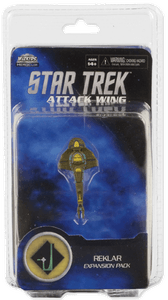
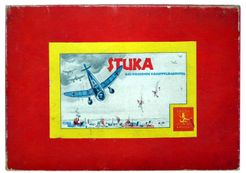
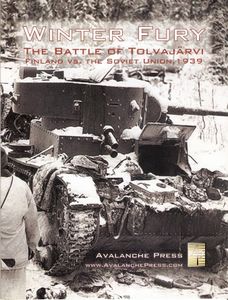
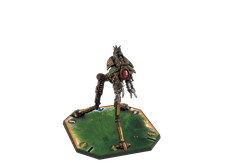
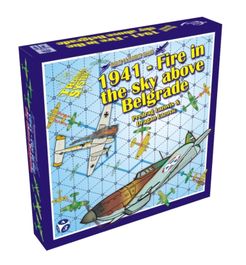
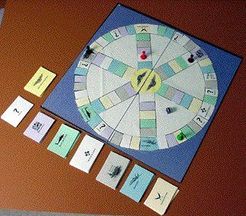
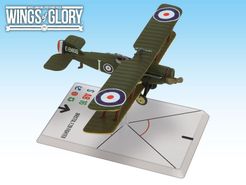


Comments (0)